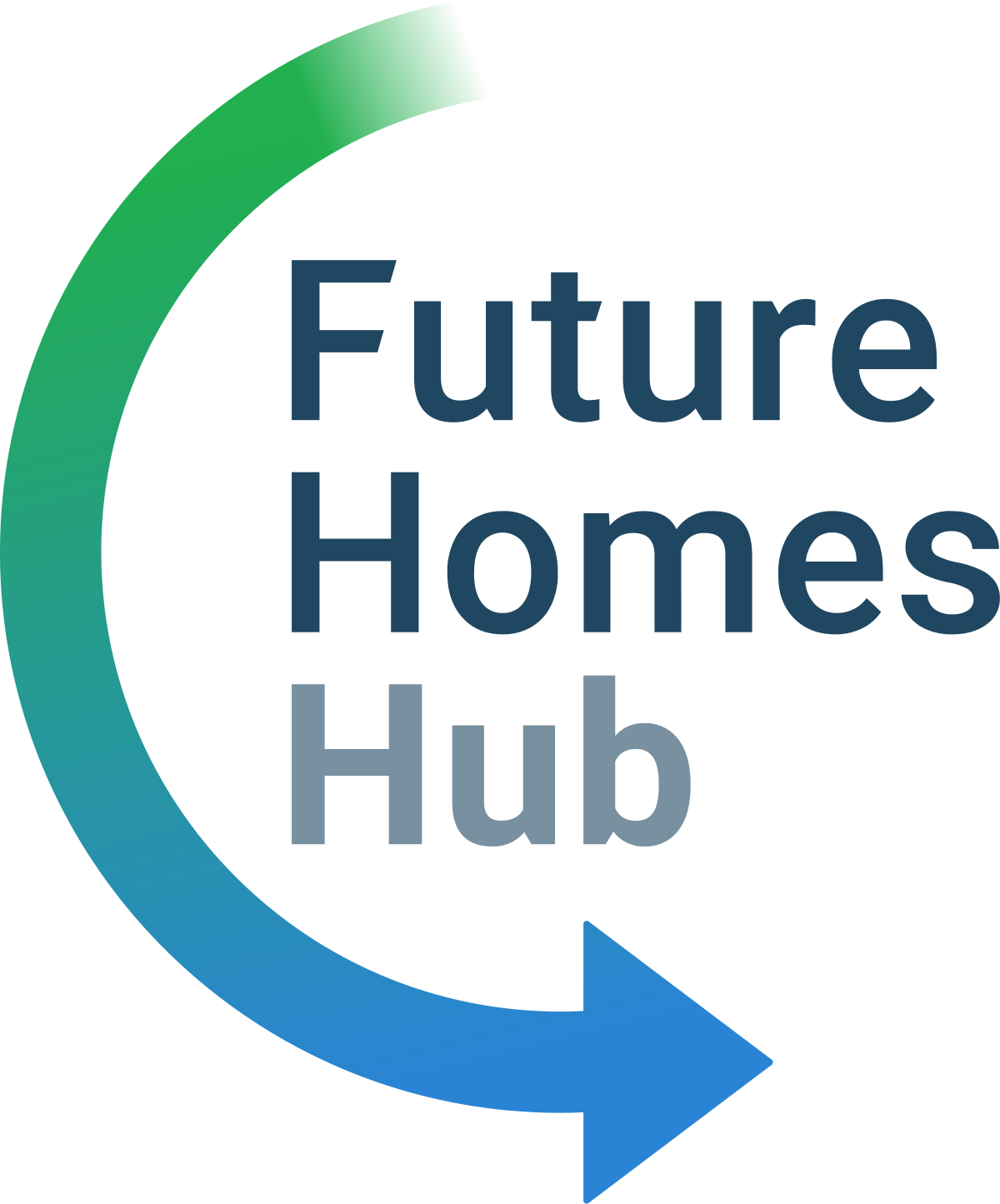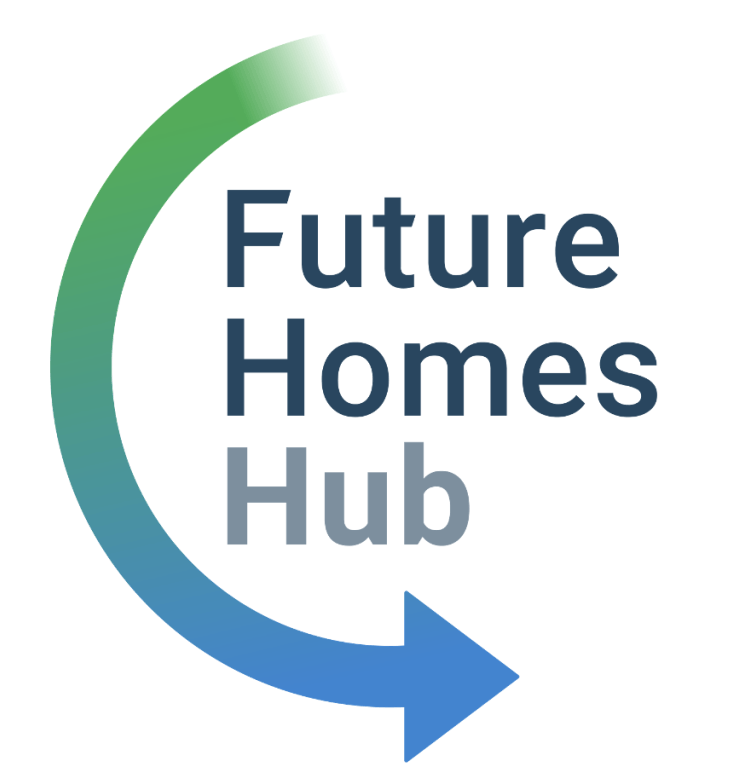Current projects
Embodied and whole life carbon
ROADMAP GOAL
Production and construction that achieves net zero embodied carbon
Purpose
Develop an industry-led approach for reducing embodied and whole-life carbon in new homes aligned to emerging government policy.
Context
As the homes we build become more energy efficient, increase their use of heat pumps, and as the grid decarbonises, the embodied carbon in the materials we use becomes more important.
As government considers its policy approach to embodied and whole-life carbon in new homes, the sector needs to better understand and consistently measure its whole-life carbon footprint.
Ultimately, a consistent approach to measurement and an industry-wide baseline will help inform a long-term roadmap, underpinned with supporting targets, for industry to reduce its embodied carbon footprint.
Priority for 2025:
The Hub continues to engage with all key partners to help coordinate delivery of the implementation plan.
The priorities are:
- Encourage voluntary measurement and disclosure of upfront and whole life carbon assessments from developers – at both an individual home design level and whole development project site level.
- Share benchmarks for current practice and identify the pathway to setting industry supported targets for voluntary uptake prior to potential introduction of regulation.
- Continued research into options to reduce whole life carbon, including the operational vs. embodied carbon balance for improved fabric and services options likely to be required to meet Future Homes Standard.
- Engage with manufacturers and the supply chain to ensure that EPDs and relevant default assumptions are increasingly available to support mainstream disclosure.
Phase 2 - Development of a simple tool and method
Supported by WSP, the Hub launched the Whole Life Carbon Conventions for New Homes for industry feedback in May 2024, and alongside this, the first version of the Future Homes Carbon Assessment Tool for homebuilders.
In December 2024, an updated version (v2) of the Future Homes Carbon Assessment Tool was released, adding the functionality for users to add their on bespoke buildups and materials/products.
Read the Whole Life Carbon Conventions for New Homes and download the Whole Life Carbon Tool v2
here.
Why is this important?
- The Whole Life Carbon Conventions for New Homes will drive consistency of WLC assessment outputs by agreeing the assumptions and conventions relevant for new homes sector.
- The Future Homes Carbon Assessment Tool will provide a simple to use, accessible, free of charge tool for homebuilders to calculate WLC and consider options for improving, particularly at early design stages.
- Together, these move us towards mainstream measurement and disclosure – building awareness and engaging the mass market.
How did we get there?
- Supported by Elliot Wood and FCB Studios, the Hub consulted with SME homebuilders, medium and large homebuilders and manufacturers and supply chain partners to agree the scope and priorities for the tool and method. The briefing note is available to read here.
- Working groups were convened to identify the background data sources and assumptions needed to feed into the tool and method – see list of participants.
Phase 1 – Implementation Plan
Supported by Verco, a first phase of work took place in 2022 to agree an industry led implementation plan for embodied and whole life carbon.
This included:
- Establishing an initial baseline for whole life carbon in new homes based on existing assessments carried out.
- Evaluating the potential to reduce embodied and whole life carbon based on comparative assessment of options for a typical house.
- Proposing the framework of measurement suitable for new build housing developments and associated site-level infrastructure.
Timeline
Participants
The Whole Life Carbon Steering Group, chaired by Brian Johnson of Miller Homes, meets every three months to share progress and take input.
Working groups comprised of developers, manufacturers and whole life carbon experts have been convened to identify the background data sources and tables needed to feed into the tool and method and identify the assumptions and conventions for new homes.
Thanks to all those who volunteer their time in the working groups:
Homebuilders
Barratt Developments
Bellway Homes
Berkeley Homes
C G Fry and Son
Cala Group
Churchill Retirement
Crest Nicholson
Croudace
Hayfield Homes
Keepmoat
Latimer (Clarion)
Lendlease
Miller Homes
Places for People
Redrow
Story Homes
Taylor Wimpey
Thakeham
VerdeGO
Wider industry and suppliers
AES
Arup
BLP Technical Services (UK)
BRE
Building Alliance
Cerclos
ConstructionLCA Ltd
Construction Carbon
Duchy of Cornwall
Elmhurst
FCB Studios
GCP Architects
H+H
Homes England
Ibstock
Insulation Manufacturers Association
IstructE
Jewson / STARK
Lifecycle Sustainability
Mineral Products Association
NHBC
P+HS
RICS
Ridge
Sanctuary
Solar Energy UK
Timber Development UK
Travis Perkins
UKGBC
University of Lincoln
Verco
WSP
For participants in Phase 1, please see the implementation plan from Phase 1.
How do I get involved?
Please email us if you would like to get involved in our WLC Oversight and working groups.

